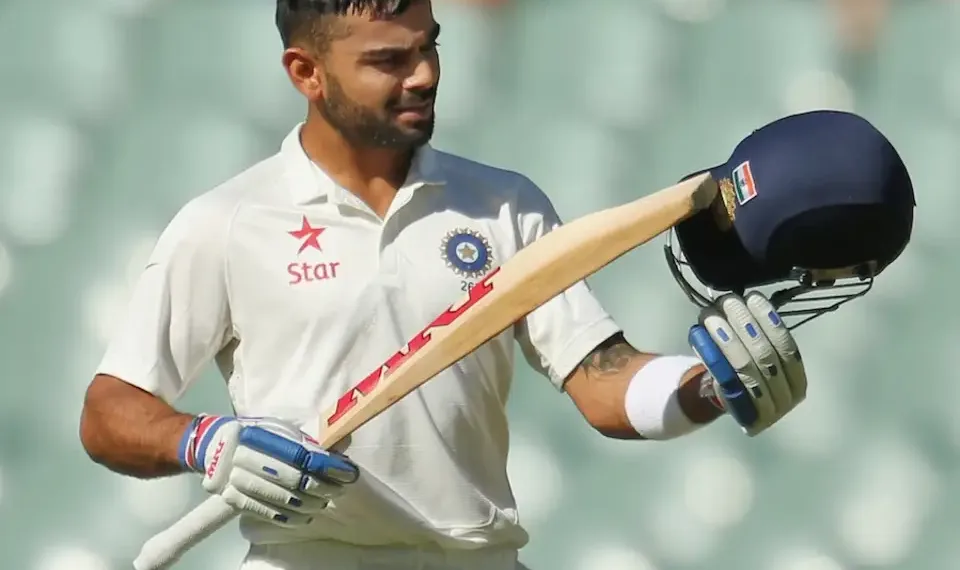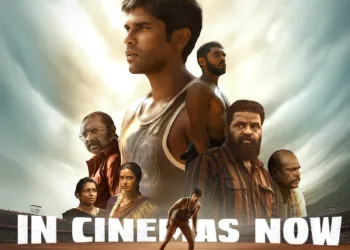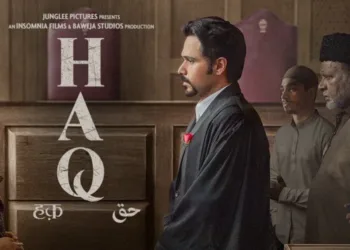In the high-stakes world of international cricket, leadership changes can send shockwaves through the sport. The recent Border-Gavaskar Trophy (BGT) 2024-25 series became the stage for one such moment, as Virat Kohli’s test captaincy saga took an unexpected turn. This decision not only raised eyebrows but also sparked intense discussions about the future of Indian cricket leadership.
Table of Contents
The Rise and Pause of Kohli’s Test Captaincy: A Cricket Legend’s Choice
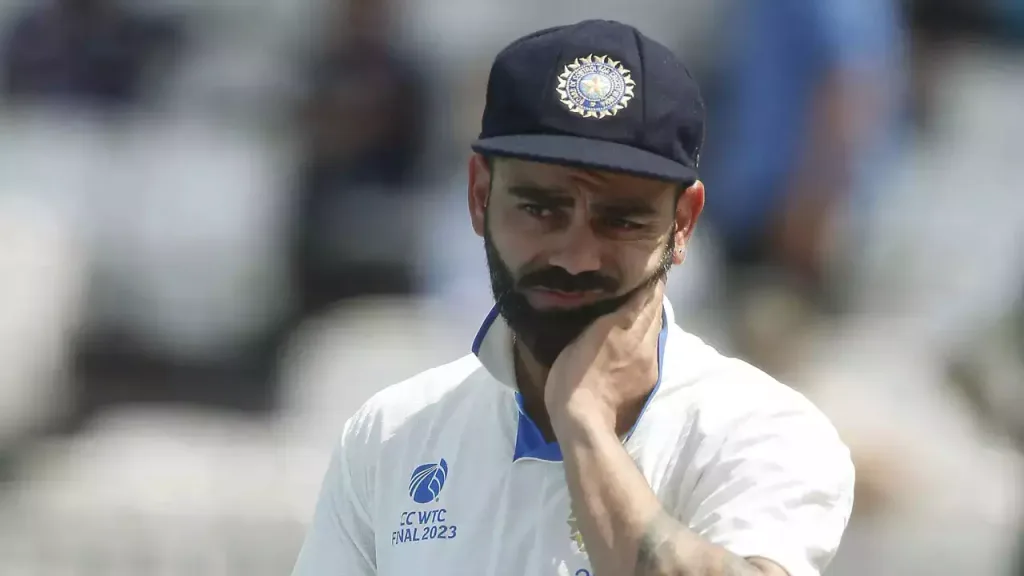
Virat Kohli’s test captaincy has been a rollercoaster of triumphs and challenges, culminating in a surprising decision during the 5th BGT Test. To understand the weight of this moment, we need to rewind and look at Kohli’s journey as India’s test captain.
When Kohli first took over the test captaincy, he brought a fierce determination and aggressive style that transformed the team. Under his leadership, India achieved numerous milestones, including their first-ever test series win in Australia in 2018-19. As a former test captain, Virat Kohli’s decision to decline the role has sparked debates about leadership in Indian cricket.
The Kohli test captaincy era saw India rise to new heights in the longest format of the game. From 2014 to 2022, Kohli led India in 68 test matches, winning 40 and losing just 17, giving him a remarkable win percentage of 58.82. This period saw India dominate at home and become a force to be reckoned with overseas.
Virat Test Captaincy: The Road Not Taken in the 5th BGT
The drama unfolded during the 5th BGT Test when India found itself in an unexpected leadership vacuum. Rohit Sharma, who had been struggling with form, stepped down from captaincy after a dismal performance in the series. With an average of just 6.20 and a mere 31 runs in the series, Sharma’s decision seemed inevitable [Source: Inside Sport].
In a twist that caught many off guard, head coach Gautam Gambhir approached Kohli to lead the team for the final Test. However, in a move that echoed his recent approach to leadership roles, Kohli declined the offer. This decision aligned with his previous refusals to captain Delhi in the Ranji Trophy and to lead Royal Challengers Bangalore in IPL 2025 [Source: Inside Sport].
The cricketing community was left to ponder: Why would a player of Kohli’s caliber and experience turn down the opportunity to lead in such a crucial match?
Beyond Leadership: Virat Kohli’s Run Score Impact on Team India
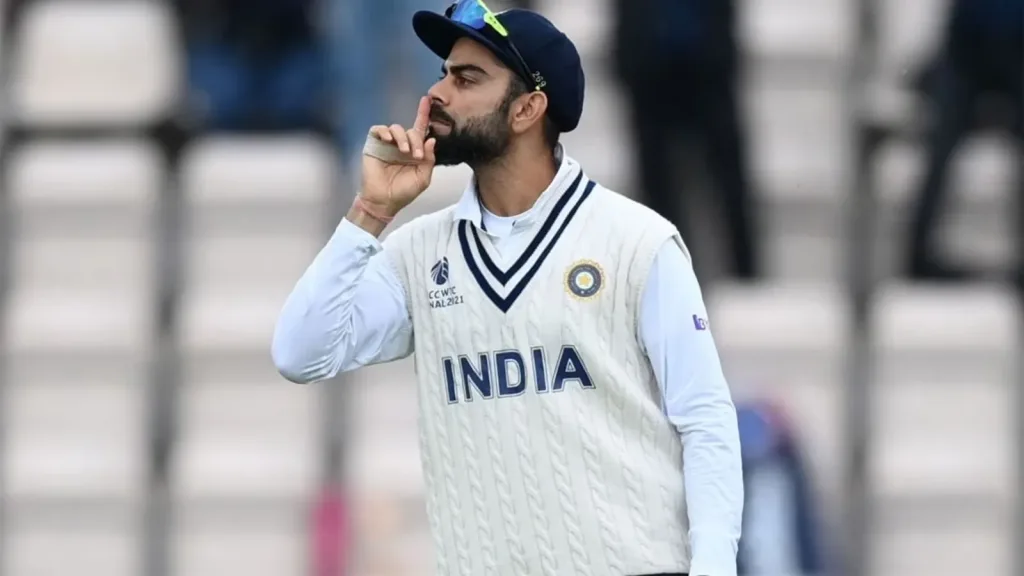
While leadership discussions dominate, Virat Kohli’s run score remains a crucial factor in Team India’s success on the field. Throughout his career, Kohli has been a run-scoring machine, often carrying the team on his shoulders. His ability to score big runs, especially in pressure situations, has been a defining feature of his career.
In the context of the BGT series, Kohli’s performance with the bat became even more critical. With Rohit Sharma’s poor form (averaging below 25 in 2024 and scoring just 164 runs at a 10.9 average in his last eight Tests), the team looked to Kohli for stability and run-scoring prowess [Source: NDTV Sports].
The Ripple Effect: Team Dynamics and Future Implications
Kohli’s decision not to take up the captaincy had immediate consequences. Jasprit Bumrah was appointed as the stand-in captain for the SCG Test, marking another chapter in India’s leadership experiments. Unfortunately, the team couldn’t turn the tide, losing the match and conceding a 3-1 series defeat to Australia [Source: ESPN Cricinfo].
This incident has sparked significant discussions about the future of Indian cricket leadership, particularly in Test matches. The Board of Control for Cricket in India (BCCI) is now faced with the task of planning for the future, looking beyond both Rohit Sharma and Virat Kohli for Test leadership.
Rohit Sharma, reflecting on the series, emphasized the importance of unity and clear communication:
“It’s crucial that we all follow the strategies set by the captain and coach. Clear communication and execution of plans are key to our success as a team,” Sharma stated, highlighting the need for a cohesive approach [Source: ESPN Cricinfo].
The Road Ahead: Rebuilding and Reimagining Indian Cricket
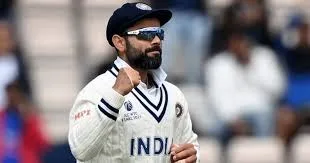
As the dust settles on this captaincy saga, the focus shifts to the future of Indian cricket. The BCCI is now tasked with building a new leadership structure, with Jasprit Bumrah emerging as a strong candidate for Test captaincy [Source: Money Control].
The upcoming tour of England in June-July 2025 looms large on the horizon, presenting both a challenge and an opportunity for the team to regroup and reassert its dominance in Test cricket.
Virat’s test captaincy record speaks volumes about his impact on Indian cricket’s performance in the five-day format. As the team moves forward, the lessons learned from Kohli’s leadership era will undoubtedly shape the future of Indian cricket.
In conclusion, Virat Kohli’s decision to decline the Test captaincy in the 5th BGT Test marks a significant moment in Indian cricket history. It reflects not just on Kohli as a player but also on the evolving dynamics of team leadership and the challenges facing Indian cricket. As fans and critics alike ponder this unexpected turn of events, one thing remains clear: the legacy of Kohli’s captaincy will continue to influence Indian cricket for years to come.
The cricketing world now watches with bated breath to see how Team India will navigate this transitional phase and who will step up to lead the team into its next era of Test cricket glory.
FAQ:-
What is the full form of BGT in cricket?
BGT is an abbreviation for the Border-Gavaskar Trophy, an international Test cricket series between India and Australia. The series is named after former captains Allan Border of Australia and Sunil Gavaskar of India.
How often does BGT happen?
The Border-Gavaskar Trophy (BGT) is held roughly every two years, with each country hosting the series in turn. The next BGT will be held in India in January and February 2027.

